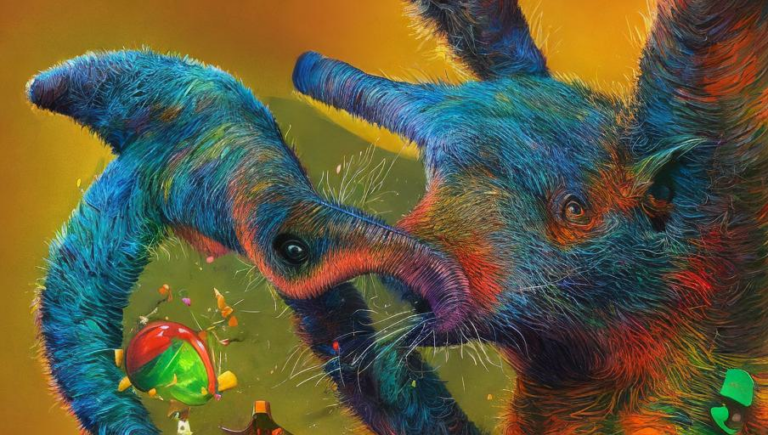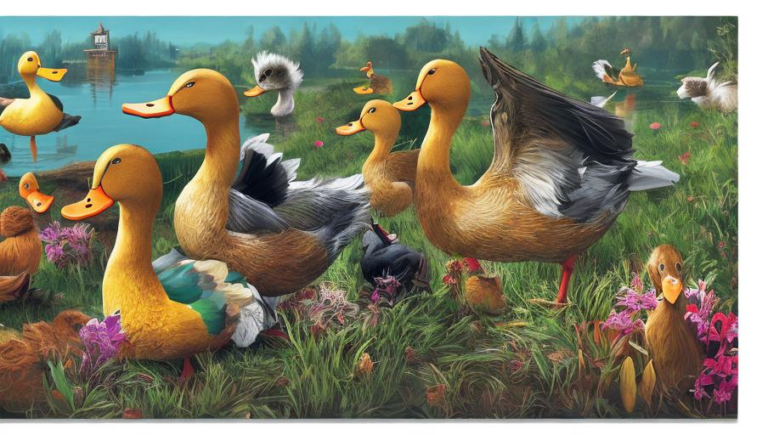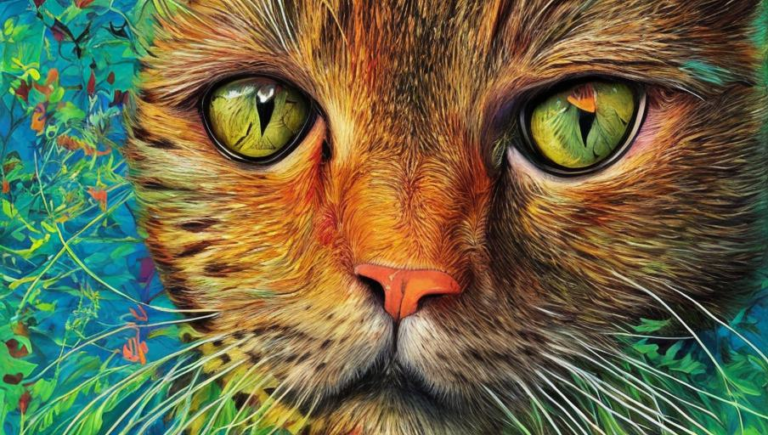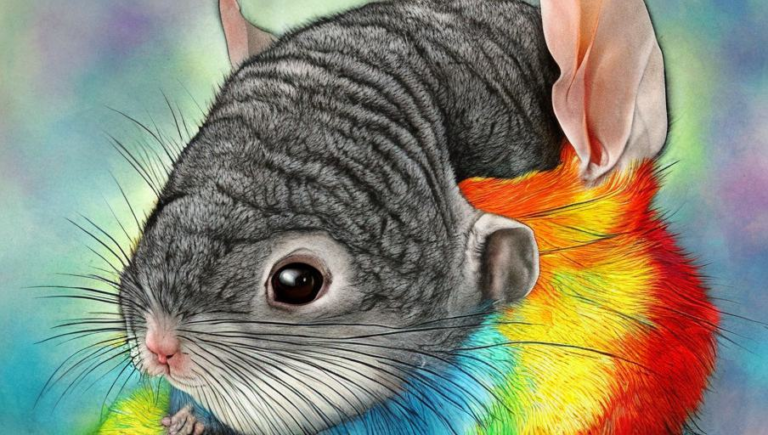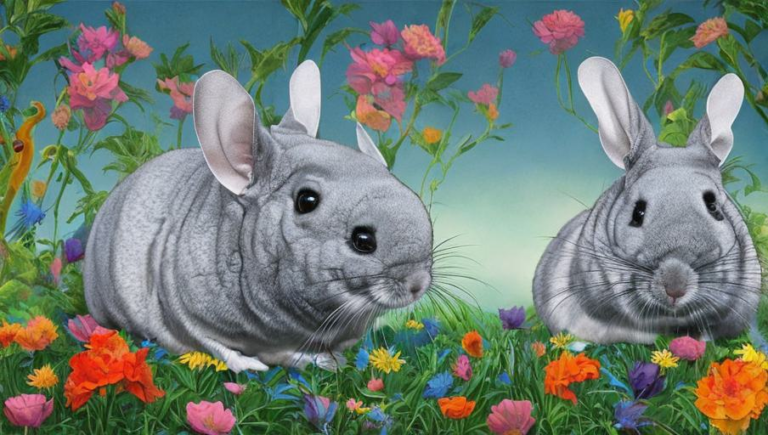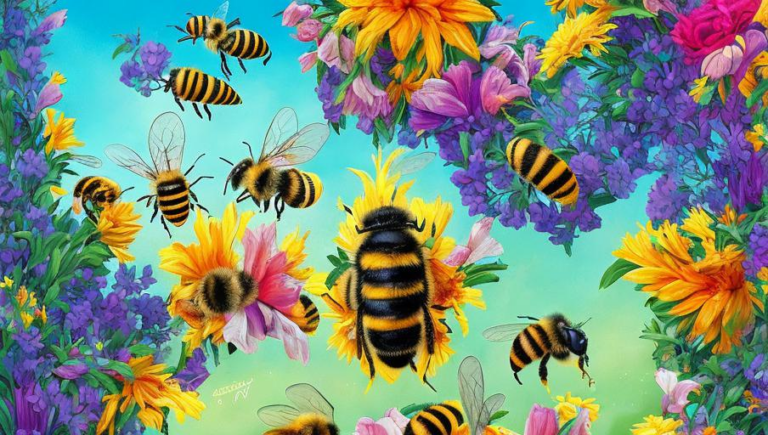Zooming in on the Dugong: Its Role in Human Culture
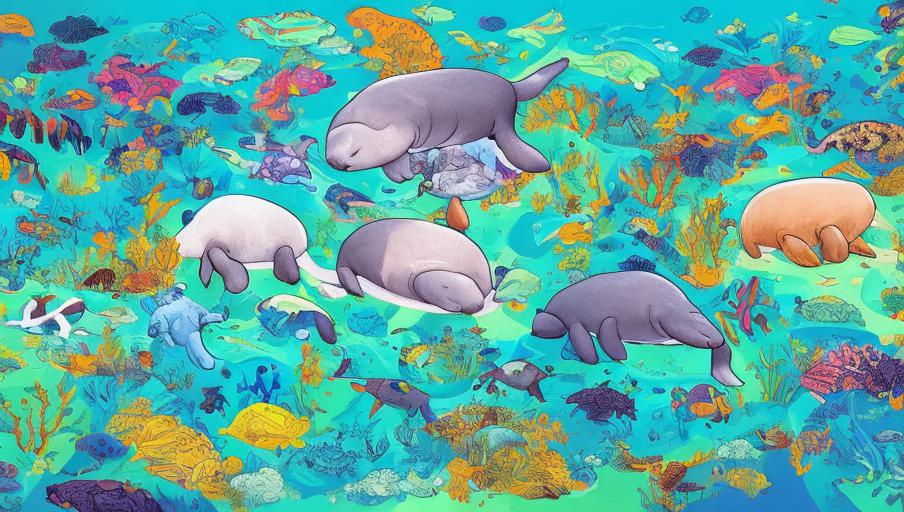
Introduction
The dugong, also known as the sea cow, is a marine mammal found in the warm coastal waters of the Indian and Pacific Oceans. Dugongs are herbivorous, meaning they feed on seagrass and algae. They are slow-moving creatures and can often be found in large herds. Dugongs have been around for over 50 million years and have a long history of association with humans.
Dugong Habitat
Dugongs inhabit shallow coastal waters and can be found in the shallow seas and estuaries of the Indian and Pacific Oceans. They prefer areas with numerous seagrasses, which are their primary food source. Dugongs are also found in deeper waters and have been known to travel hundreds of kilometers. Dugongs are known to migrate seasonally in search of food.
Dugong Characteristics
Dugongs are large, gray-brown creatures with a rounded body and a large, paddle-like tail. They have a thick, bristly hide, which helps them to protect themselves from predators. Dugongs can grow up to three meters in length and can weigh up to 400 kilograms. They are slow-moving creatures and can live for up to 70 years.
Dugong and Human Relationship
Dugongs have a long history of association with humans. They are often seen as symbols of luck and fertility in some cultures. The dugong has been of great importance to coastal cultures, especially in Asia and Australia, where they have been hunted for food and their hides used to make clothing and other items. In some parts of the world, dugongs are still hunted for their meat and hides.
The dugong is also featured in many myths and legends. For example, in Australian Aboriginal culture, the dugong is seen as a symbol of peace and harmony. In some cultures, the dugong is seen as a symbol of fertility and is believed to bring good luck.
Conservation Status
Dugongs are listed as vulnerable on the International Union for Conservation of Nature’s Red List of Threatened Species. They are threatened by habitat destruction, illegal fishing, pollution, and being hunted for their meat and hides. Conservation efforts are being taken to protect the species, such as the establishment of protected areas and the development of management plans. However, more needs to be done to ensure their survival.
Conclusion
The dugong is an important species that has been associated with humans for thousands of years. It is a symbol of luck and fertility in many cultures and is of great importance to coastal cultures. Unfortunately, the species is threatened by habitat destruction, illegal fishing, and pollution, and more needs to be done to ensure its survival. Conservation efforts must be taken to protect the dugong and its habitat.
